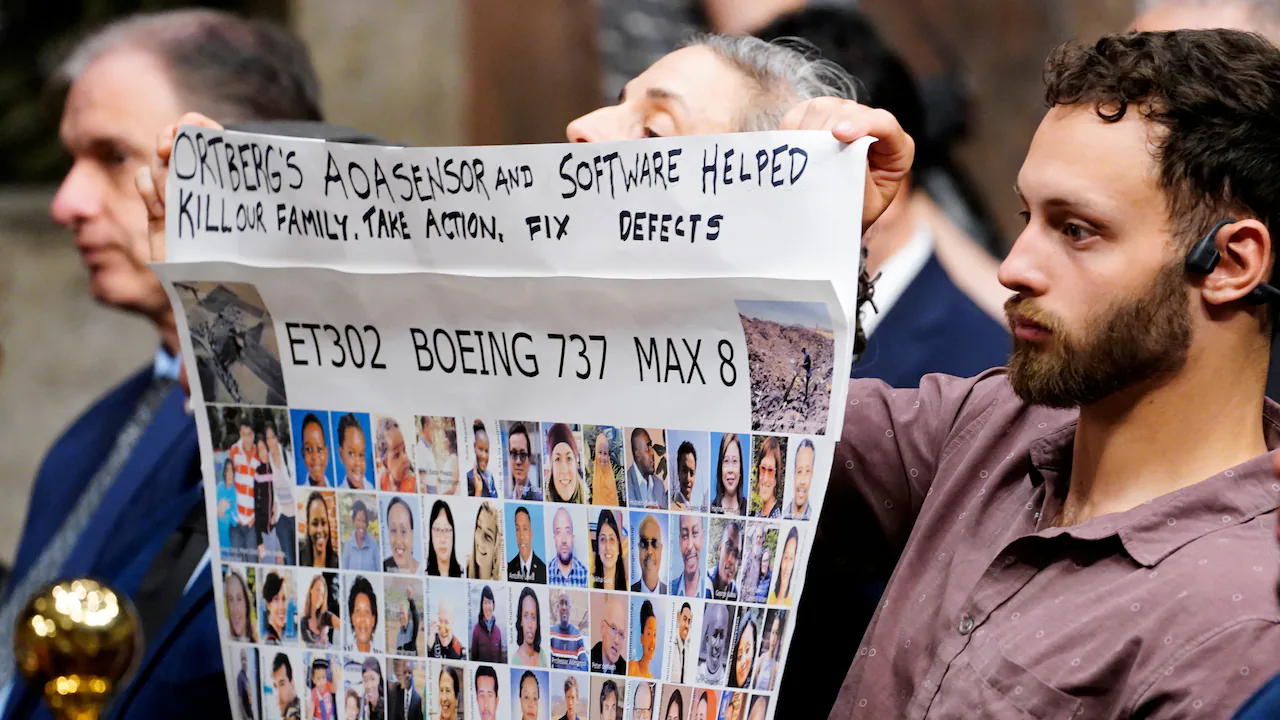Copyright Forbes

Microaggressions are subtle, everyday slights – both intentional and unintentional – that communicate a hostile message to the recipient. They can take the form of verbal statements – for example, “You’re too junior to come to this meeting” – as well as behaviors such as rolling eyes, snickering and excluding someone from a discussion. When left unchecked, microaggressions at work can have a debilitating impact on individuals, teams and the wider organization due to people feeling belittled, afraid and disregarded. Often people who experience microaggressions do not feel safe enough to challenge them. New research from Vlerick Business School found that in many workplaces, women are more likely to be silent when facing microaggressions and rely more on coping strategies, such as misinterpreting microaggressions as harmless. Microaggressions don’t just erode employees’ sense of inclusion and belonging. They also diminish employees’ self-confidence, impacting their ability to be effective in their jobs. Furthermore, repeated exposure to microaggressions can result in a good employee deciding to leave their organization. Tackling microaggressions is vital to maintain performance. So, how leaders can prevent microaggressions from undermining their teams and build more inclusive organizational cultures? 1. Take bold, intentional action to combat microaggressions Confronting microaggressions requires bold, intentional action from leaders, according to Christopher O. H. Williams, a business transformation consultant and author of C.O.U.R.A.G.E. MORE FOR YOU “The power of diverse perspectives is underused when people feel undermined,” Williams says. “But when leaders step in quickly to establish and enforce team norms and boundaries, they create trust and teams remain aligned, instead of slowly sinking under the weight of unaddressed harm. Intentional action beats ‘good intent.’” Leaders should make their expectations explicit, Williams adds. “That includes taking responsive action at the first sign of trouble,” he explains. “Replace silence or denial with a clear voice so colleagues feel safe raising concerns. Similarly, while mistakes are expected, avoidance is not. Leaders have the ability and responsibility to provide the best working environment for their teams, protecting the truth-tellers, not excusing bad behavior.” 2. Establish clear policies to prevent microaggressions “An essential element of preventing microaggressions in the workplace is establishing and enforcing clear policies on respectful behavior,” says Gemma Crane, founder and director of HR consultancy Mindset HR. These policies should be transparent, detailing what microaggressions are, the behaviors expected of employees and why these behaviors are so important to building an inclusive workplace. “As part of these policies, the reporting channels for any concerns must also be made clear so that employees understand the process and who they should direct concerns to,” says Crane. The real key to success is not just creating policies but embedding them within organizational culture, according to Crane. Leaders play a critical role in embedding policies through their own behaviors and how they manage concerns. Continuous organization-wide learning is also important as are open dialogue through workshops, inclusive communication training, allyship programs and feedback sessions. “It is this constant reinforcement of what expected, respectful behavior is, alongside continuous training, that builds a more respectful, supportive and trusting work environment,” Crane concludes. 3. Watch out for microaggressions in meetings Online meetings can be “microaggression hotspots” according to Lisa Riemers, co-author of Accessible Communications. “Tone vanishes online,” she says. “What feels playful in person can land badly on-screen. Visible reactions like eye-rolling or sniggering, especially when obvious backchannels are in play, can devastate people with rejection sensitivity,” she says. “Cameras don’t always mean connection. Mandatory video or enforcing eye contact can exclude neurodivergent colleagues who struggle with it or need to focus on note taking. Consider cameras-on for intros and wrap-ups only.” Inevitably leaders set the tone when it comes to online meetings. Riemers says their behavior defines what’s acceptable. As a result, they may need training to spot and address microaggressions at an early stage, before the behaviors escalate. Leaders must also create feedback mechanisms that enable colleagues to feel safe speaking up about microaggressions. Leaders can prevent the escalation of microaggressions in meetings through tactics such as clear agendas, asking attendees to submit questions in advance and people who have been subject to microaggressions having the option for a support person to attend. 4. Use AI to identify and monitor microaggressions Leaders often believe their door is always open. Yet only 44% of workers believe they can report issues without fear of retaliation. As a result, leaders are not necessarily able to spot and deal with toxic behaviors within their teams. The power dynamic within workplaces can make it incredibly difficult for leaders to address microaggressions, explains Dr Lisa Turner, founder of CETfreedom, which develops artificial intelligence (AI) tools for leadership and personal development. "An employee will struggle to tell their manager, ‘You constantly interrupt me in meetings,’” she says. “The risk feels too high due to career advancement, relationships and being labeled 'difficult.'” AI tools that analyze emails, meeting transcripts and workplace communications can provide the objective evidence that employees need to prove they are being subject to microaggressions. They can also empower leaders to proactively analyze their own behavior and that of their teams. “It’s important to be aware of bias and note that AI isn't HR, it's not a complaint system,” Turner says, “but it can be effective at revealing patterns." When leaders use AI to examine their own or their team’s meeting transcripts and emails for patterns, they can bypass a broken feedback loop. “Psychological safety isn't built through open-door policies alone,” Turner emphasizes. “It's built when leaders demonstrate they're actively working on their own blind spots.” Why is it important to tackle microaggressions in the workplace? When teams are busy, leaders can easily miss the signs that microaggressions are an issue in their workplace. But they should be sensitive to the risks posed by microaggressions, particularly the risk that microaggressions exacerbate conflicts within teams. “Microaggressions sink teams,” Riemers concludes. “If left unchecked, a pattern of microaggressions is like a tiny hole in a boat. Over time, water gets in. You can bail the boat out, but that takes energy and weighs everyone down. Fix that hole as soon as you spot it and your team will be rowing in sync, rather than sinking into a row in the corridors.”



